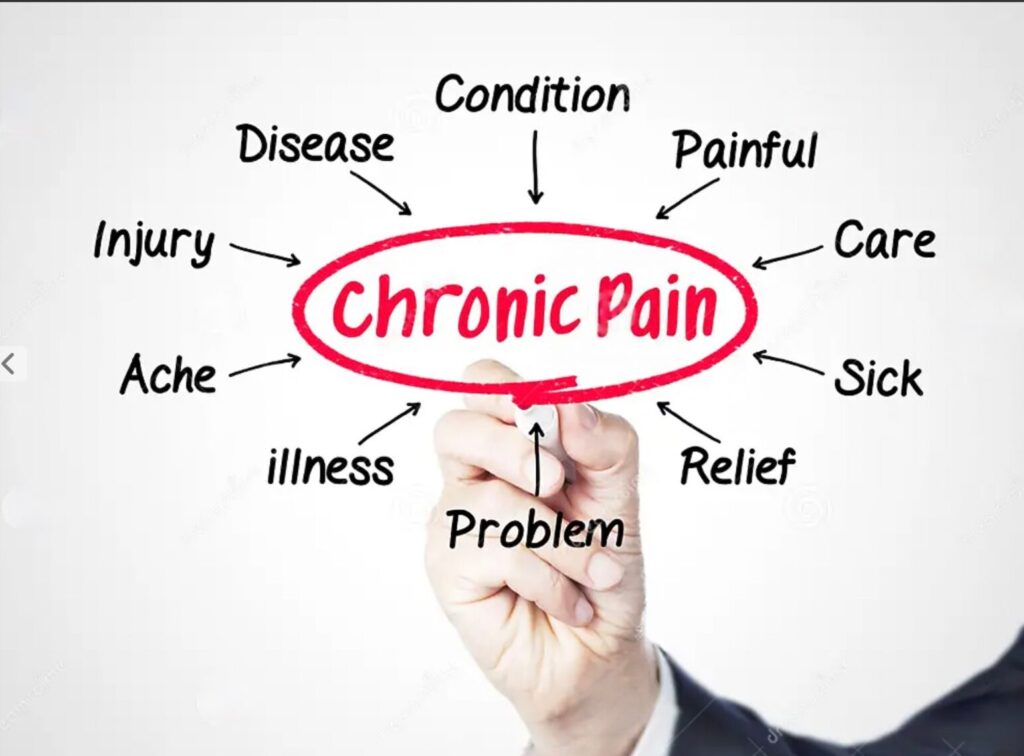Transcranial magnetic stimulation (TMS) is a treatment technique that uses a magnetic field to influence brain activity. It can treat depression, obsessive-compulsive disorder, and other brain-related conditions. No single treatment, whether it’s an antidepressant drug or psychotherapy, can ease depression or anxiety in every case. However, research suggests you will improve your chances of getting relief by combining drugs and therapy. One report from Harvard that pooled findings from 25 studies found that adding psychotherapy to drug treatment was more helpful than medication alone in treating major depression.
Approved by the U.S. Food and Drug Administration (FDA), TMS is usually used only when other depression treatments haven’t been effective, including anti-depressant medication and psychotherapy. The National Institutes of Health estimates depression medications work for 60 to 70 percent of people who take them. In a 2012 study, TMS was found to improve depression significantly in 58 percent of patients and provide complete remission of symptoms in 37 percent of patients who did not respond to previous treatments.
Since TMS uses repetitive electrical impulses, it’s sometimes called repetitive transcranial magnetic stimulation (rTMS). Repetitive TMS isn’t invasive, doesn’t require anesthesia, and can be performed on an outpatient basis. The side effects are usually mild and temporary. During a TMS session for depression, an electromagnetic coil is placed against the scalp of your head. This coil delivers magnetic pulses that stimulate nerve cells in the region of the brain involved in mood control and depression. A different TMS coil stimulates deeper and wider areas of the brain to address OCD symptoms best.
TMS is sometimes confused with electroconvulsive therapy or ECT. ECT uses electrical currents to cause the brain to seize, which acts similarly to a reset button, while TMS uses low-intensity magnetic pulses to stimulate the nerve cells of the brain, which facilitates growth and learning. ECT must be completed in an operating room, as it requires the use of a general anesthetic while TMS can be performed in a doctor’s office without the need for additional equipment.
If you are struggling with depression, anxiety, or other mental health conditions, do not lose hope! New techniques, interventions, and treatments are being designed, researched, and implemented every day.






